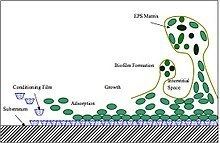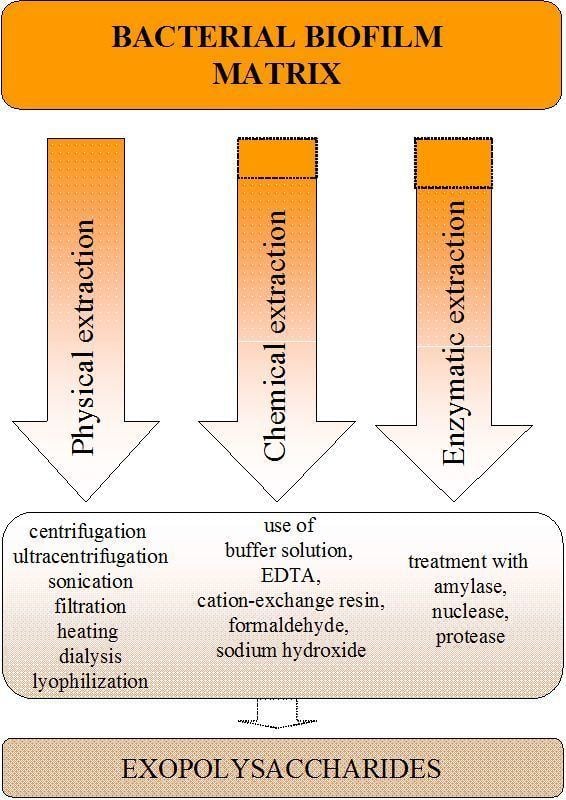 | ||
Extraction of structural extracellular polymeric substances from aerobic granular sludge
Extracellular polymeric substances (EPSs) are natural polymers of high molecular weight secreted by microorganisms into their environment. EPSs establish the functional and structural integrity of biofilms, and are considered the fundamental component that determines the physiochemical properties of a biofilm.
Contents
- Extraction of structural extracellular polymeric substances from aerobic granular sludge
- Function
- List
- References
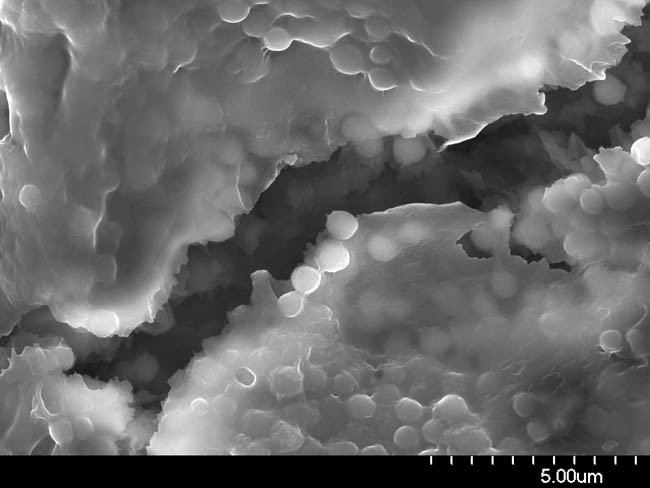
EPSs are mostly composed of polysaccharides (exopolysaccharides) and proteins, but include other macro-molecules such as DNA, lipids and humic substances. EPSs are the construction material of bacterial settlements and either remain attached to the cell's outer surface, or are secreted into its growth medium. These compounds are important in biofilm formation and cells attachment to surfaces. EPSs constitute 50% to 90% of a biofilm's total organic matter.
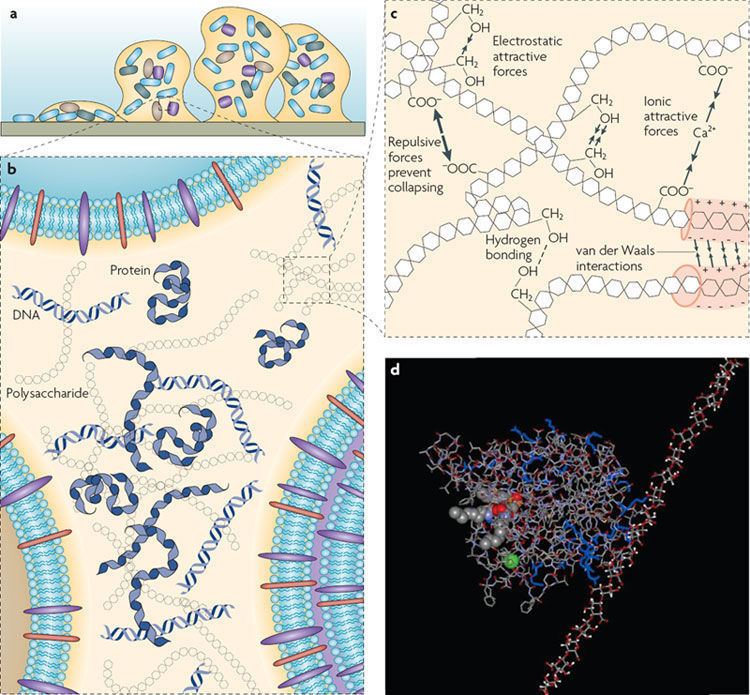
Exopolysaccharides (also sometimes abbreviated EPSs) are high-molecular-weight polymers that are composed of sugar residues and are secreted by a microorganism into the surrounding environment. Microorganisms synthesize a wide spectrum of multifunctional polysaccharides including intracellular polysaccharides, structural polysaccharides and extracellular polysaccharides or exopolysaccharides. Exopolysaccharides generally consist of monosaccharides and some non-carbohydrate substituents (such as acetate, pyruvate, succinate, and phosphate). Owing to the wide diversity in composition, exopolysaccharides have found multifarious applications in various food and pharmaceutical industries. Many microbial EPSs provide properties that are almost identical to the gums currently in use. With innovative approaches, efforts are underway to supersede the traditionally used plant and algal gums by their microbial counterparts. Moreover, considerable progress has been made in discovering and developing new microbial EPSs that possess novel industrial significance.

Function
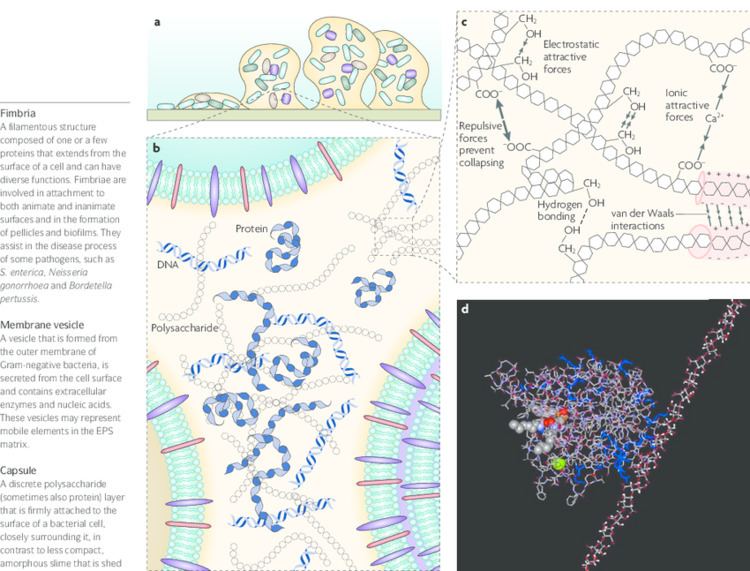
The exopolysaccharides of some strains of lactic acid bacteria, e.g., Lactococcus lactis subsp. cremoris, contribute a gelatinous texture to fermented milk products (e.g., Viili), and these polysaccharides are also digestible.
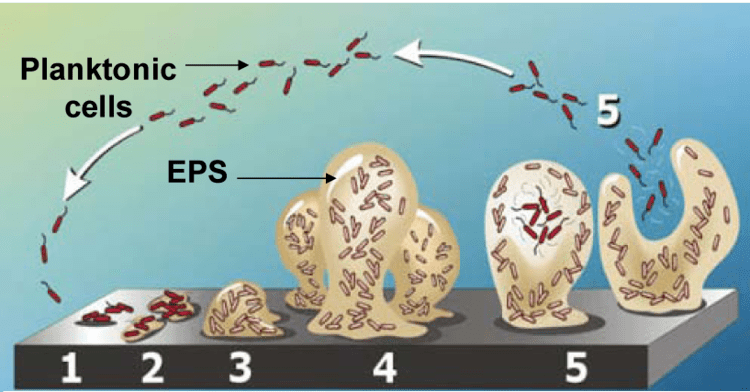
Capsular exopolysaccharides can protect pathogenic bacteria and contribute to their pathogenicity. Attachment of nitrogen-fixing bacteria to plant roots and soil particles, which is important for colonisation of rhizosphere and roots and for infection of the plant, can be mediated by exopolysaccharides as well. An example for industrial use of exopolysaccharides is the application of dextran in panettone and other breads in the bakery industry. Exopolysaccharides also have an important role in endodontic infections.
List
